Ruby Keeler
Ruby Keeler was the cherub-faced dancer who tapped her way to fame in the '20s and then five decades later managed it again.
She was the centerpiece of Busby Berkeley's kaleidoscope of motion picture chorines.
Keeler's life resembled the rags-to-riches musicals she made famous. She rose from poor New York chorus girl to Hollywood star, never losing her confectionary expression or girl-next-door reputation despite a celebrated marriage to and divorce from Al Jolson.
She arrived in Hollywood just as the advent of sound launched the modern movie musical, giving her the inside track to several key roles, including her screen debut in the landmark "42nd Street."
In the 1920s and '30s, Keeler perfected the part of the ingenue, the fairy princess every town needs to keep its boys in a frenzy and its girls up in arms. After her second marriage in 1941, she retired to devote herself to home life and became what the Associated Press once called "the nation's happiest exponent of motherhood, housewifery and golf." Her films continued her popularity through the war years.
In 1971, producer Harry Rigby persuaded her to dust off her tap shoes for a stage revival of the 1925 hit "No, No, Nanette!"
However, a cerebral aneurysm in 1974 curtailed further revivals and she underwent several brain operations. Therapy and determination helped her regain her ability to walk but not perform.
Her fancy footwork — energetic more than stylish — her lithe figure and dominating eyes gained her featured roles around New York and an offer to play opposite Eddie Cantor in Florenz Ziegfeld's "Whoopee."
In 1929, Keeler won her first Broadway star billing, appearing with Jimmy Durante and Eddie Foy in the George Gershwin musical "Show Girl."
Jolson helped her get a contract with his studio, Warner Bros., where she appeared in nearly a dozen movie musicals.
"42nd Street" (1933), "Footlight Parade" (1933) and "Gold Diggers of 1933," now considered genre classics, were typical of the bubble-headed stories told in simple songs and celebrated in dancing on elaborate soundstages of fantasy.
Choreographer Berkeley loved to place Keeler in extravagant production numbers blended out of his favorite mix of anatomy and geometry.
Keeler admittedly was at her weakest when the music stopped. Her acting was passable, and "I could do a few dance routines but I didn't have a voice," she said in 1973. "I always dreaded the part when I had to sing back to Dick [Powell]."
Although her colleagues in the chorus — Lucille Ball, Ginger Rogers, Joan Crawford — ascended to the heights, she continued to be more a celebrity than a star. "Oh, yes, that tap dancer!" or "Wasn't she married to Jolson?" were remarks that haunted her career.
Keeler and her best boy, usually baby-faced Powell, always depended on love to conquer the world, whether the backdrop was the back alleys of Broadway, the hallowed halls of West Point ("Flirtation Walk," 1934) or the Ivy League ("Sweetheart of the Campus" with Ozzie Nelson 1941).
Keeler withdrew totally from the limelight. She married Pasadena real estate broker John Lowe Jr. in October 1941 and went into semiretirement.
Then, spurred by producer Rigby, she returned to Broadway in "Nanette!" in 1971 and celebrated her biggest success ever, playing a Bible publisher's wife with a penchant for tap dancing.
Keeler said in a 1984 interview with The Times that she might have continued to perform onstage if not for the aneurysm. "I'd be trying to. I'm sure I would. I don't think I would ever have stopped dancing, because I love it."
Related stars
|
|
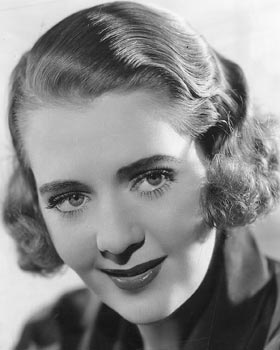
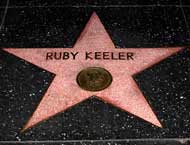
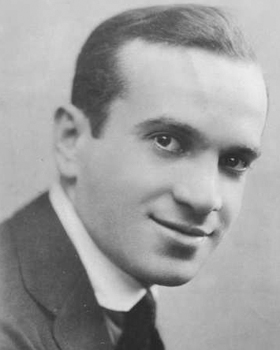
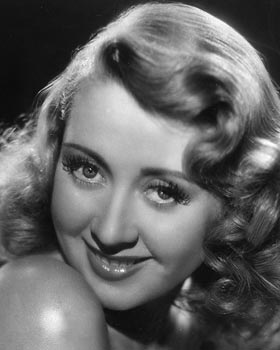
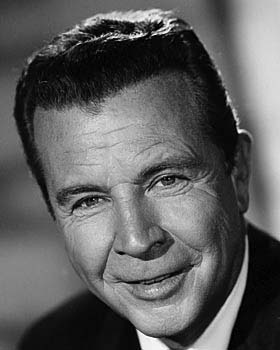
One thought about Ruby Keeler
Share a thought about Ruby Keeler